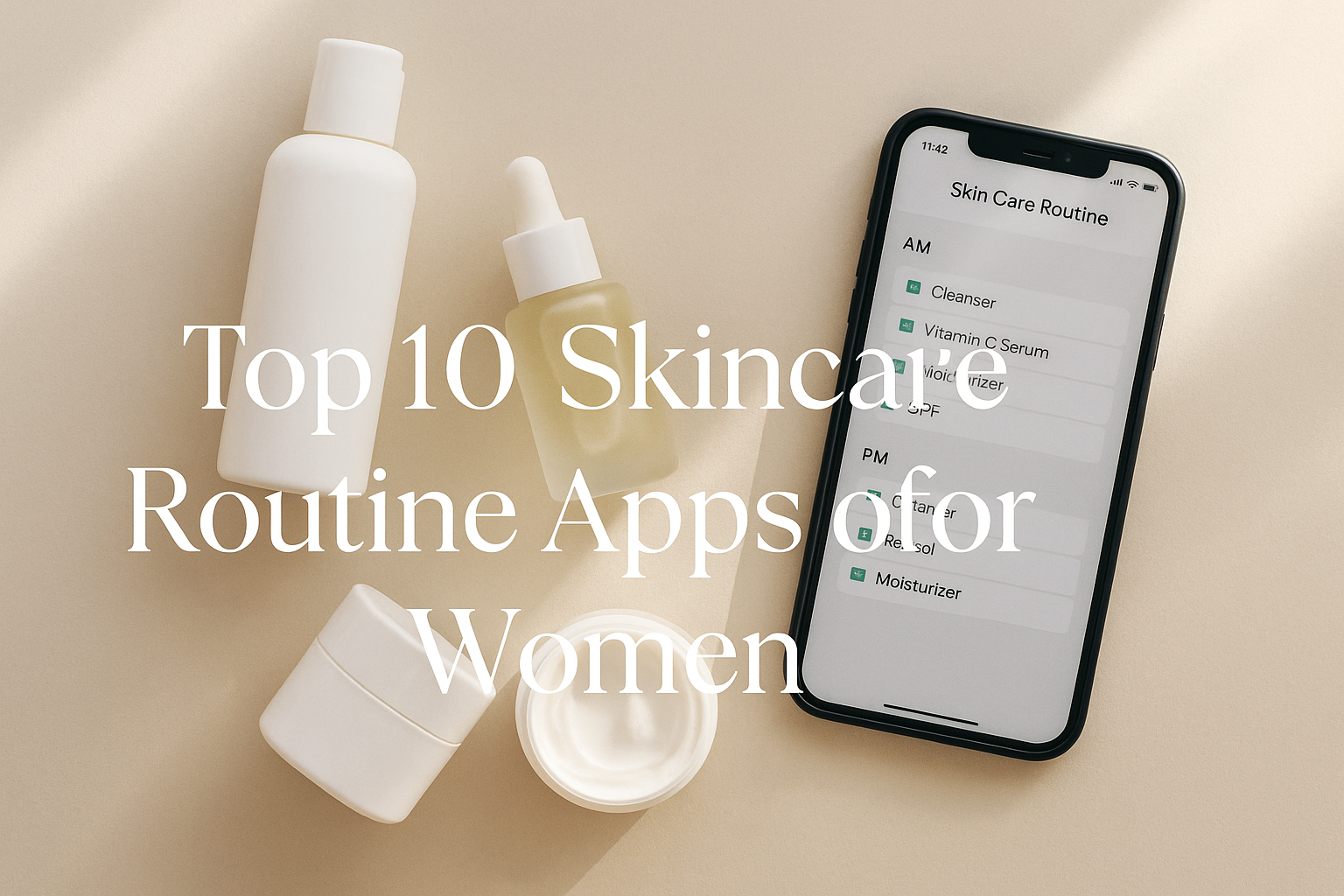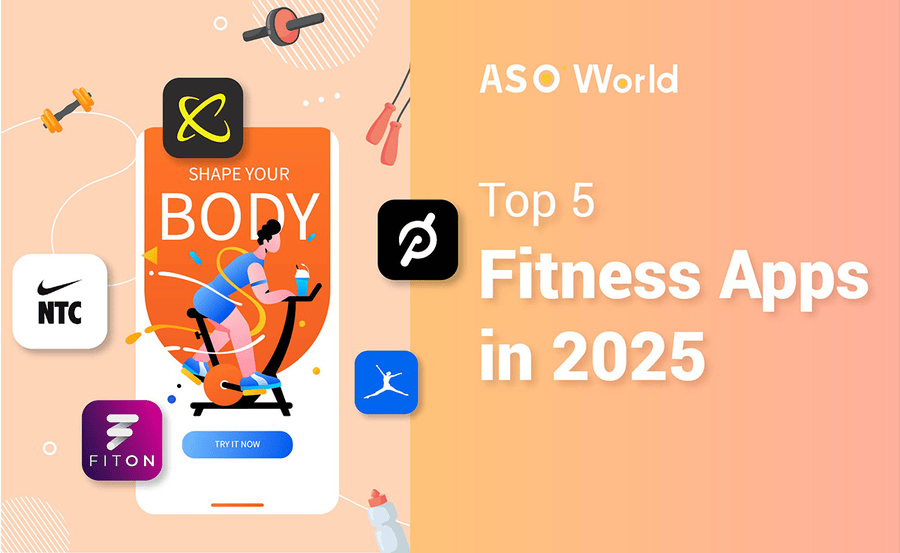Do you often experience irritation after using cosmetics? Does your scalp become itchy and dandruff-prone every time you shampoo? You might be wondering whether the products you use every day are truly suitable and safe for your skin and hair, and whether they contain potentially harmful ingredients you haven’t noticed. Don’t worry! This article will clear up your concerns and provide the essential knowledge you need to choose personal care products more intelligently, safely, and effectively.
The Think Dirty app promises to decode every label and help you choose safer, cleaner personal-care products. With millions of scans logged across North America, it’s one of the best-known clean-beauty apps.
But here’s the real question - how accurate is it, and what happens to your data when you scan? This in-depth review puts Think Dirty to the test across features, pricing, privacy, and accuracy. Let’s dive in!
- Simple, visual interface – The color-coded “Dirty Meter” helps users quickly interpret complex ingredient lists.
- Extensive product coverage – Over 2.5 million items across cosmetics, skincare, and personal-care categories.
- Educational transparency – Ingredient breakdowns cite credible public sources such as EWG, Health Canada, and PubMed.
- Community-driven updates – Users can submit missing products or corrections, expanding the database organically.
- Encourages informed shopping – Helps consumers compare ingredient safety before purchasing.
- Optional privacy controls – Allows account deletion and limited data tracking.
- Free to use – Core features like scanning and viewing results are available without subscription.
- Simplified scoring – The 0–10 rating can oversimplify ingredient science and may appear alarmist for some users.
- Limited global coverage – Most verified data focuses on North American products; some international barcodes go unrecognized.
- Inconsistent updates – Ingredient or formulation changes may take time to reflect in the database.
- Brand partnerships – Sponsored listings and affiliate links can introduce subtle bias in “cleaner alternative” suggestions.
- Requires internet access – No full offline functionality for in-store scanning in low-signal areas.
- Minor paywall gap – Premium tier adds few extra features for its cost.
- Not a medical or regulatory authority – Ratings reflect available research but don’t equate to clinical safety certification.
What Makes Think Dirty So Popular Among Clean-Beauty Fans?
“But does its bold promise of ‘Know What You’re Putting on Your Skin’ actually hold up?”
The Think Dirty app earned its popularity by making ingredient transparency effortless. Instead of deciphering long chemical names on skincare labels, users simply scan a barcode to reveal a color-coded “Dirty Meter” score from 0 (clean) to 10 (potentially risky).
Each product is assessed across three categories — carcinogenicity, developmental and reproductive toxicity, and allergenicity — using data drawn from trusted public sources such as the Environmental Working Group (EWG), Health Canada, and PubMed. With a database covering over 2.5 million products, Think Dirty also allows users to submit missing items for review, helping the system grow through community input. Its intuitive design, quick scanning, and clear visual scores make it especially appealing to time-pressed shoppers seeking safer choices.
However, since the app also partners with brands for verified listings, users should treat results as guidance rather than medical fact, and cross-check ingredient details when possible.
Key Features & Pricing
| Feature | Description |
|---|---|
| Barcode Scanner | Reads labels and rates each ingredient. |
| Ingredient Breakdown | Explains health & environmental impact with source links. |
| Clean Alternatives | Suggests lower-risk products. |
| Favorites & Compare | Save and contrast items side-by-side. |
| Learning Hub | Mini-articles on ingredient science. |
Pricing:
- Free plan: Scanning + basic database.
- Premium ($4.99 / mo or $29.99 / yr): Unlimited lists, ad-free use, faster updates.
- In-app offers: Optional curated “clean-brand” guides.
Pros & Cons of Think Dirty
Pros
- Simple, visual interface – The color-coded “Dirty Meter” helps users quickly interpret complex ingredient lists.
- Extensive product coverage – Over 2.5 million items across cosmetics, skincare, and personal-care categories.
- Educational transparency – Ingredient breakdowns cite credible public sources such as EWG, Health Canada, and PubMed.
- Community-driven updates – Users can submit missing products or corrections, expanding the database organically.
- Encourages informed shopping – Helps consumers compare ingredient safety before purchasing.
- Optional privacy controls – Allows account deletion and limited data tracking.
- Free to use – Core features like scanning and viewing results are available without subscription.
Cons
- Simplified scoring – The 0–10 rating can oversimplify ingredient science and may appear alarmist for some users.
- Limited global coverage – Most verified data focuses on North American products; some international barcodes go unrecognized.
- Inconsistent updates – Ingredient or formulation changes may take time to reflect in the database.
- Brand partnerships – Sponsored listings and affiliate links can introduce subtle bias in “cleaner alternative” suggestions.
- Requires internet access – No full offline functionality for in-store scanning in low-signal areas.
- Minor paywall gap – Premium tier adds few extra features for its cost.
- Not a medical or regulatory authority – Ratings reflect available research but don’t equate to clinical safety certification.
Ideal For:
“If ingredient awareness is your goal, Think Dirty shines—but scientists may crave more depth.”
- New clean-beauty users wanting fast guidance.
- Parents / sensitive-skin users checking irritants.
- Conscious buyers balancing time and health.
Quick Comparison Checklist
| Criteria | Think Dirty | INCI Beauty | Skincare Routine |
|---|---|---|---|
| Purpose | Visual ingredient risk meter | Ingredient science depth | Routine personalization |
| Ease of Use | ★★★★★ | ★★★☆☆ | ★★★★☆ |
| Accuracy | Moderate | High | High |
| Privacy Control | Optional deletion | Minimal data | Account required |
| Coverage | N. America | Global | Global |
| Best For | Beginners | Ingredient purists | Routine planners |
| Pricing | Free + Premium ($4.99 / mo) | Free | Free / optional |
| Verdict | Fast, simple transparency | Deepest data | Smart AI guide |
How to download Think Dirty
“Getting started should be clean too—here’s how to install safely.”
Android:
- Visit Google Play.
- Install → Allow camera/storage → Start scanning.
- Optional email login for sync.
iOS:
- Search “Think Dirty” → Download.
- Open → Allow barcode access → Skip login if desired.
Troubleshooting Common Issues
“If scans fail or results vanish—don’t panic, try these quick fixes.”
| Problem | Cause | Fix |
|---|---|---|
| Scan not detected | Low light | Enable flashlight |
| Product missing | Not in database | Tap “Suggest Product” |
| App freezing | Cache overload | Clear cache / reinstall |
| Inconsistent rating | Server sync delay | Refresh next day |
| Login fails | Weak signal | Re-login via email |
Frequently Asked Questions (FAQs)
Is Think Dirty accurate?
Moderately. It aggregates credible data but simplifies it; use it as guidance, not authority.
Is it free?
Yes—core features are free; premium unlocks lists and ad-free mode.
Where does it get data?
From public databases, brands, and users; not every item is verified.
Does it sell data?
Per policy, used for analytics; deletion requests honored.
How to delete an account?
Settings → Delete Account → confirm via email.
Android + iOS support?
Yes, both platforms supported; optional sync.
Final Thoughts — Should You Use Think Dirty?
If you’re tired of confusing ingredient lists and marketing buzzwords, Think Dirty offers an empowering way to shop smarter. It’s not perfect — some ratings are simplified and the science can’t replace professional advice — but as a first step toward ingredient awareness, it’s invaluable.
Pairing it with INCI Beauty gives you depth, while Skincare Routine adds daily-use practicality. Together, they form a well-rounded toolkit for anyone embracing cleaner, safer, more transparent self-care in 2025.
Ready to try it yourself? Download the verified Think Dirty app today, and explore related tools like Feelinmyskin and The best beauty apps to complete your healthy-beauty routine.
Do you often experience irritation after using cosmetics? Does your scalp become itchy and dandruff-prone every time you shampoo? You might be wondering whether the products you use every day are truly suitable and safe for your skin and hair, and whether they contain potentially harmful ingredients you haven’t noticed. Don’t worry! This article will clear up your concerns and provide the essential knowledge you need to choose personal care products more intelligently, safely, and effectively.
The Think Dirty app promises to decode every label and help you choose safer, cleaner personal-care products. With millions of scans logged across North America, it’s one of the best-known clean-beauty apps.
But here’s the real question - how accurate is it, and what happens to your data when you scan? This in-depth review puts Think Dirty to the test across features, pricing, privacy, and accuracy. Let’s dive in!
- Simple, visual interface – The color-coded “Dirty Meter” helps users quickly interpret complex ingredient lists.
- Extensive product coverage – Over 2.5 million items across cosmetics, skincare, and personal-care categories.
- Educational transparency – Ingredient breakdowns cite credible public sources such as EWG, Health Canada, and PubMed.
- Community-driven updates – Users can submit missing products or corrections, expanding the database organically.
- Encourages informed shopping – Helps consumers compare ingredient safety before purchasing.
- Optional privacy controls – Allows account deletion and limited data tracking.
- Free to use – Core features like scanning and viewing results are available without subscription.
- Simplified scoring – The 0–10 rating can oversimplify ingredient science and may appear alarmist for some users.
- Limited global coverage – Most verified data focuses on North American products; some international barcodes go unrecognized.
- Inconsistent updates – Ingredient or formulation changes may take time to reflect in the database.
- Brand partnerships – Sponsored listings and affiliate links can introduce subtle bias in “cleaner alternative” suggestions.
- Requires internet access – No full offline functionality for in-store scanning in low-signal areas.
- Minor paywall gap – Premium tier adds few extra features for its cost.
- Not a medical or regulatory authority – Ratings reflect available research but don’t equate to clinical safety certification.
User Reviews






